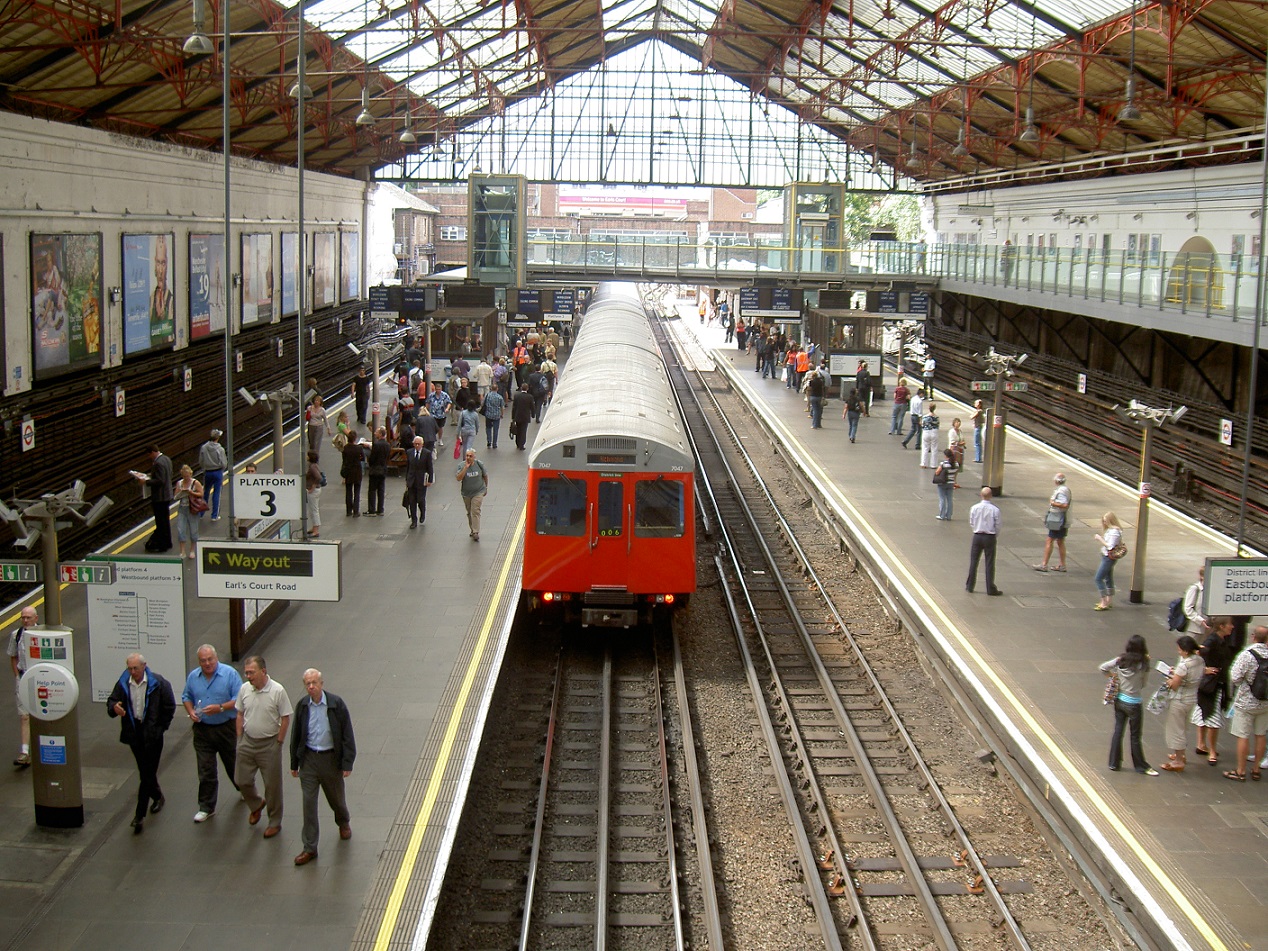This post is also available in:
 עברית (Hebrew)
עברית (Hebrew)
Video analytics methods have emerged as an effective measure of security in public transport hubs, successfully managing the passengers’ progress in stations while supplying solutions for commercial needs.
A new video analytics technology could soon make train and air travel safer, smarter and more efficient. A system developed by Panasonic for its CCTV cameras can automatically detect unattended baggage, trespassers on railway lines, and passengers in wheelchairs or with pushchairs who may need assistance. It can even tell if a passenger is swaying around because they’re drunk.
“Transportation hubs have thousands of cameras, and they’re recording all the time,” said Carl Pocknell, head of engineering at Panasonic System Solutions. “It’s a very difficult task for operators to manually appraise the threat caused by every passenger.”
According to imeche.org, the system uses algorithms and image processing to flag up potentially suspicious items or unsafe behaviour to an operator, both at the time of the event and afterwards. “It means operators can save a lot of time because they go straight to the footage of interest, rather than forwarding through hours where nothing is happening,” said Pocknell.
The system can also record potential incidents in the highest quality possible while compressing the long periods of inactivity at a lower rate to save on bandwidth and storage costs. “The system also produces an audible warning to trespassers that acts both as a deterrent and safety precaution,” said Pocknell.
Similar technology is also being used at London’s City Airport to speed up the passenger experience. The business airport aims to get all passengers from the station to the gate in 20 minutes on departure, and 15 minutes on arrival.
Now the airport uses video analytics, provided by a company called Crowdvision, to help. The London-based firm has used its technology in Saudi Arabia to make the annual pilgrimage to Mecca safer.
At City Airport, cameras embedded in the ceiling are used to anonymously track individual passengers as they travel through.
The technology, which only sees the tops of passengers’ heads, can also inform commercial decisions about the placement of retailers and advertising, and is now being rolled out at bigger airports, including Dubai, Dallas/Fort Worth, and Heathrow.
The technology provides a rich set of data on the passengers and their movements, and how they spend their time in the airport and creates a platform that the airport authorities can plug other data sources into.


























